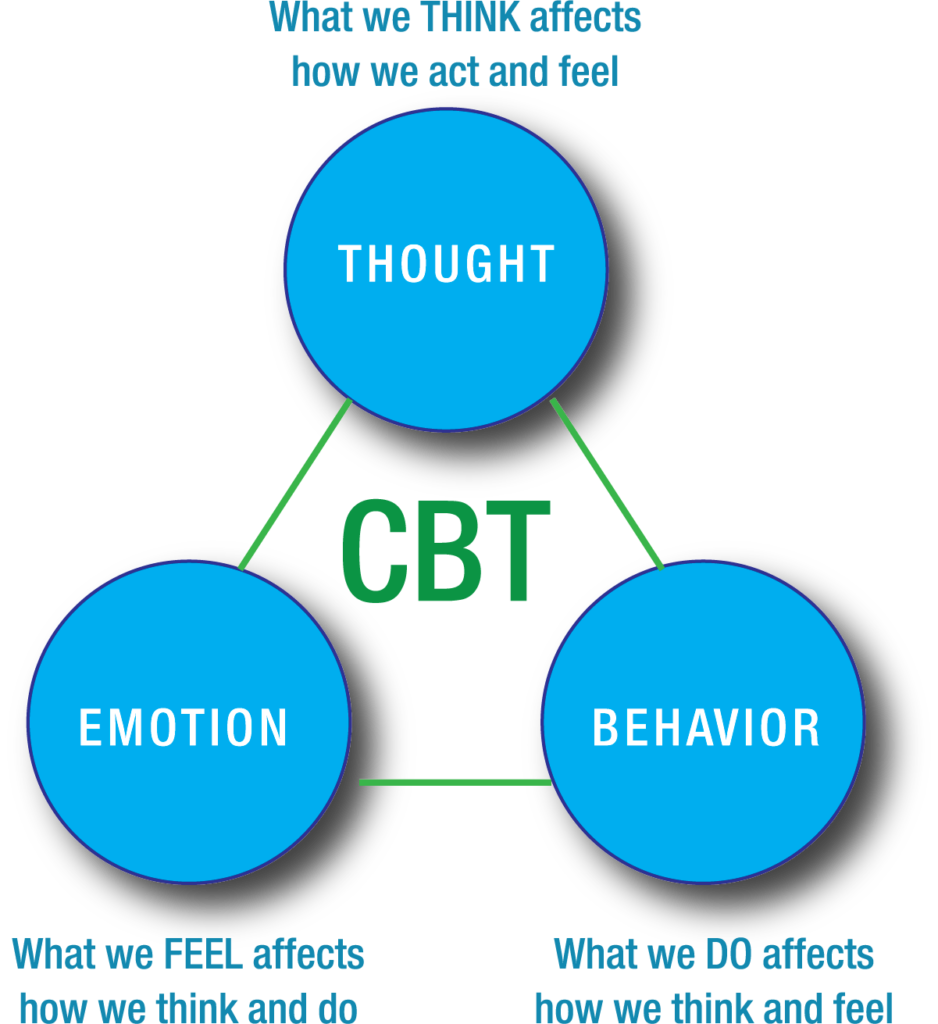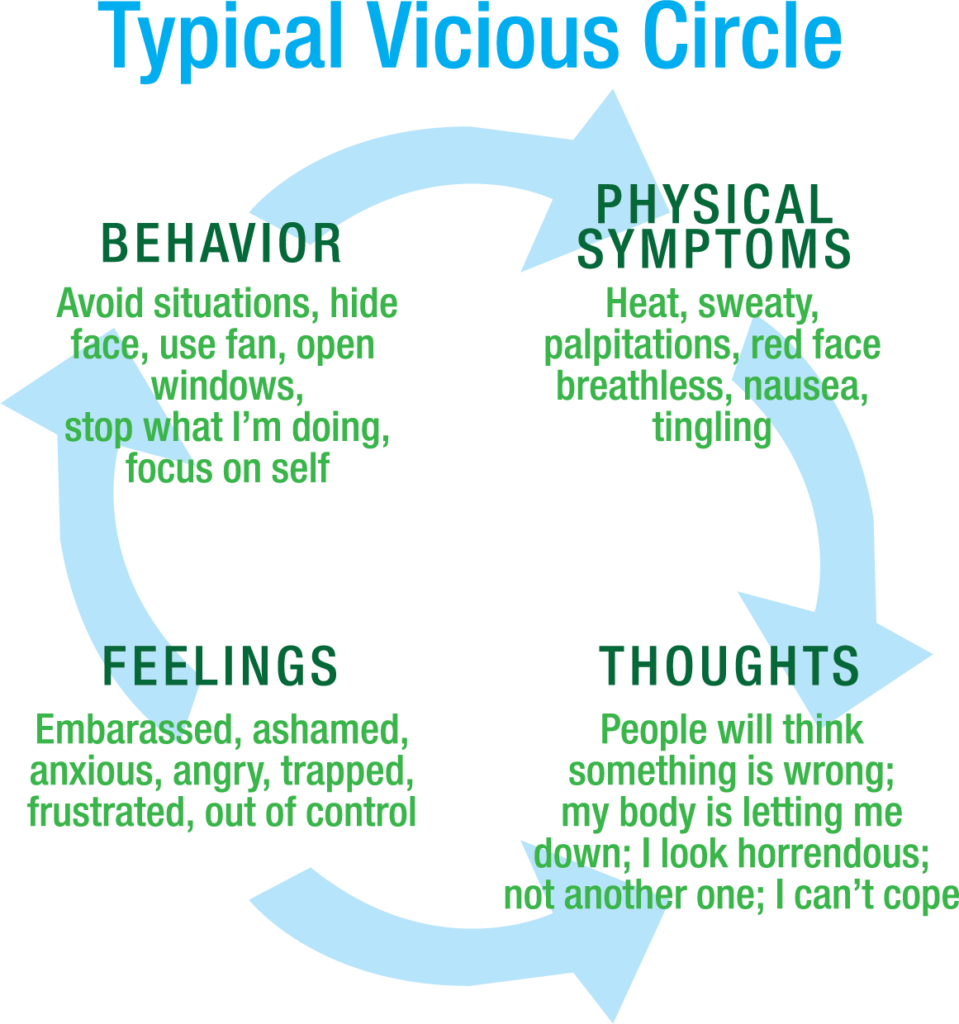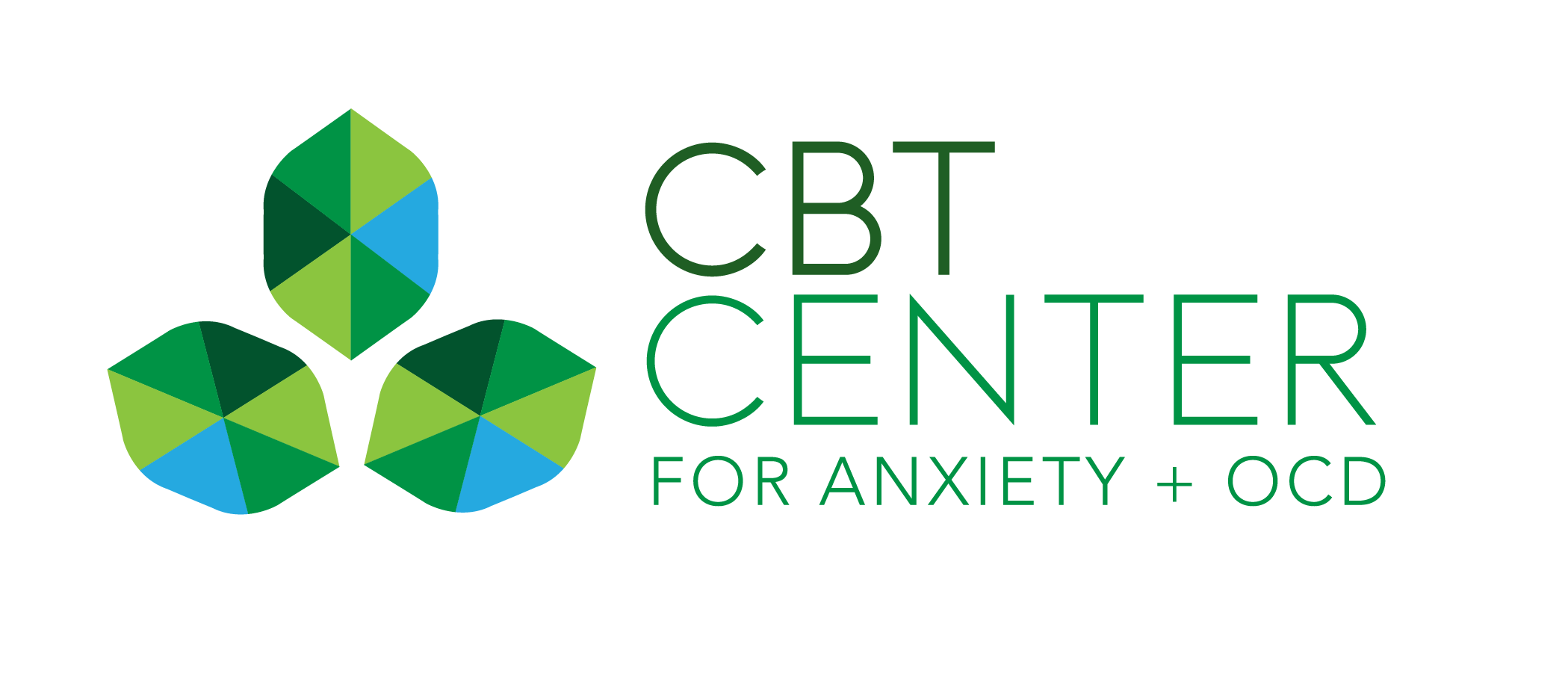
About Us
Our center provides children as young as three-years-old, adolescents and adults the most advanced treatments for anxiety, phobias, OCD and OC spectrum conditions. In a collaborative, directive manner, the CBT Center team of certified psychologists applies evidence-based practices— with compassion and humor— to teach the proven skills and strategies necessary to overcome fears. The CBT Center tailors treatments according to individual needs, goals and rate of progression—engaging family members throughout the therapy and recovery process.
01  Cognitive Behavioral Therapy
Cognitive Behavioral Therapy
A short-term, structured, problem-focused form of therapy that helps you learn to relate to your thoughts, feelings and behaviors differently. Research shows that CBT is the most effective treatment for anxiety, OCD and related conditions. We/Your clinician will teach you and/or your child concrete strategies to help you react more effectively in challenging situations. CBT can help you think and behave in ways that lead to an enduring improvement in your mood and functioning.
03  Acceptance + Commitment Therapy
Acceptance + Commitment Therapy
A newer form of CBT that emphasizes important concepts, such as living mindfully, radical acceptance, living your values, psychological flexibility and thinking differently about your thoughts. Acceptance and Commitment Therapy (ACT) teaches you to accept your reactions while remaining present, taking action in your life and making choices based on your personal values. ACT teaches you concrete strategies that allow you to see thoughts and feelings for what they really are’” passing sensations or stories that we tell ourselves.
05  Prolonged Exposure Therapy
Prolonged Exposure Therapy
Helps you decrease your distress about traumatic events by assisting you to safely approach trauma-related content you have been avoiding due to the distress it causes. Repeated exposure to thoughts, feelings and situations facilitates processing the trauma and reduces the emotional impact. Prolonged Exposure (PE) will help you utilize imaginal exposure, which is the repeated ‘˜on-purpose’ retelling of a traumatic memory, as well as in vivo exposure, which means doing things in real life that you have been avoiding.
07  Cognitive Behavioral Intervention for Tics
Cognitive Behavioral Intervention for Tics
A highly structured, evidenced-based therapy that has been demonstrated to reduce tic severity. Cognitive Behavioral Intervention for Tics (CBIT) trains you to be more aware of your tics and the urge to tic. It will train you to engage in a competing behavior when you feel the urge to tic. The competing response is a specific behavior or movement that makes the tic more difficult to accomplish. This critical step helps reduce or eliminate the tic. CBIT also focuses on making changes to day-to-day activities in ways that can be helpful in reducing tics.
02  Exposure + Response Prevention
Exposure + Response Prevention
A type of Behavioral Therapy wherein you will be taught to expose yourself to the thoughts, images and situations that trigger your obsessions. With Response Prevention, you will make the choice to notice, but not act on a compulsion. With Exposure and Response Prevention (ERP), your clinician will help you create a manageable step-by-step plan to purposely and willingly do difficult things. Specifically, the things you have been avoiding’” keeping you from living the life you want. All experts agree that ERP is the most effective treatment for OCD.
04  Dialectical Behavior Therapy
Dialectical Behavior Therapy
A skill-based therapy that will teach you distress tolerance, emotional regulation, interpersonal effectiveness, self-validation and mindfulness. Like ACT, DBT is a newer form of CBT. Radically accepting what is, while simultaneously pushing ourselves toward change, is at the heart of the integration of opposites in DBT. DBT is helpful if your mind is restless, you find interacting with others difficult, or if you feel like you are frequently in crisis. The goal of DBT is to equip you with tools, so you can experience a life worth living.
06  Habit Reversal Training
Habit Reversal Training
An approach that combines awareness training and the use of an alternative and incompatible response to eliminate Body Focused Repetitive Behaviors (BFRB) such as hair pulling (Trichotillomania) and skin picking (Excoriation). By bringing into your awareness all aspects that precede the pull/pick, including thoughts, sensations, urges, behaviors and emotion, you are better able to recognize the trigger. When you sense that urge, you will learn to immediately and repeatedly engage in a competing response in order to weaken the cycle.
08  Behavioral Activation
Behavioral Activation
Based on the theory that as you feel more depressed, you engage in avoidance and isolation, which can sustain or worsen your symptoms. The goal of Behavioral Activation (BA) is to gradually increase your engagement in activities. Subsequently, activity monitoring and planning may also be involved. Then, with your clinician’s support, you will be asked to engage in increasingly challenging activities, such as exercise, spending time with family and friends, learning new skills or hobbies and self-care. Sleep routines and diet may also be a part of BA.


How CBT Works
SUPPORTIVE
It takes tremendous courage to begin therapy. The CBT Center team partners with you and encourages you to make changes at a pace that is manageable for you. We teach you how to be your best ally, to be confident and how to demonstrate self-compassion and, ultimately, how to live your best life. Once your treatment is complete, our therapists are here to help you at any time in the future.
GOAL-ORIENTED
CBT helps you achieve your goals through various problem solving strategies. The goals in therapy can include reducing the distress you experience from anxiety and depression or assistance with life transitions. You and your therapist collaborate on goal setting in the beginning and throughout treatment.
PRESENT-FOCUSED
In CBT we focus on the difficulties you are having in the present moment. While there may be moments that your therapist reflects on how your current distress may be influenced by past experiences, the main focus is on the here-and-now. During treatment, you are guided to identify the specific challenges and then are encouraged to work through them in a consistent, structured manner. This focus allows you to make changes more quickly than in other forms of talk therapy.
ACTIVE
CBT is active in that you and your clinician collaborate to solve the presenting problems. Clients are engaged as an active partner in treatment, and are encouraged to do “homework” and to use the “tools” of CBT outside of sessions. This may include reading, tracking behaviors or practicing relating to your thoughts in a different way outside of the session. Research has found that this accelerates the change process. Strategies and skills will be taught so that you learn ways to think and respond differently to distressing situations.
BRIEF
CBT is a therapy that can be implemented with realized results in a short period of time. Many people find they begin to experience relief from their symptoms after only a few sessions and, subsequently, a significant change after a few months of weekly therapy. Session frequency and duration are decided upon by you and your therapist. Once you feel significant symptom relief and have the skills you need for success, treatment can end. Those with more severe and debilitating distress or those with multiple presenting problems may benefit from longer treatment.
Often, clients appreciate the life skills taught by their CBT therapist and may choose to do “booster sessions” every so often to get a “tune up” on the strategies. Many clients come to see their CBT therapist as part of their overall wellness team and derive benefits from checking-in now and again just like you would with your primary care doctor.
WELL-RESEARCHED
CBT is the most widely researched type of therapy. Hundreds of studies have not only demonstrated the effectiveness of CBT for numerous psychological and medical problems, including all forms of anxiety, but have also found it to be the most effective form of talk therapy. Cognitive Behavioral Therapists take great pride in knowing that CBT is an Evidenced-Based Practice (EBP) and that all strategies taught in CBT have been proven time and time again to be effective.

